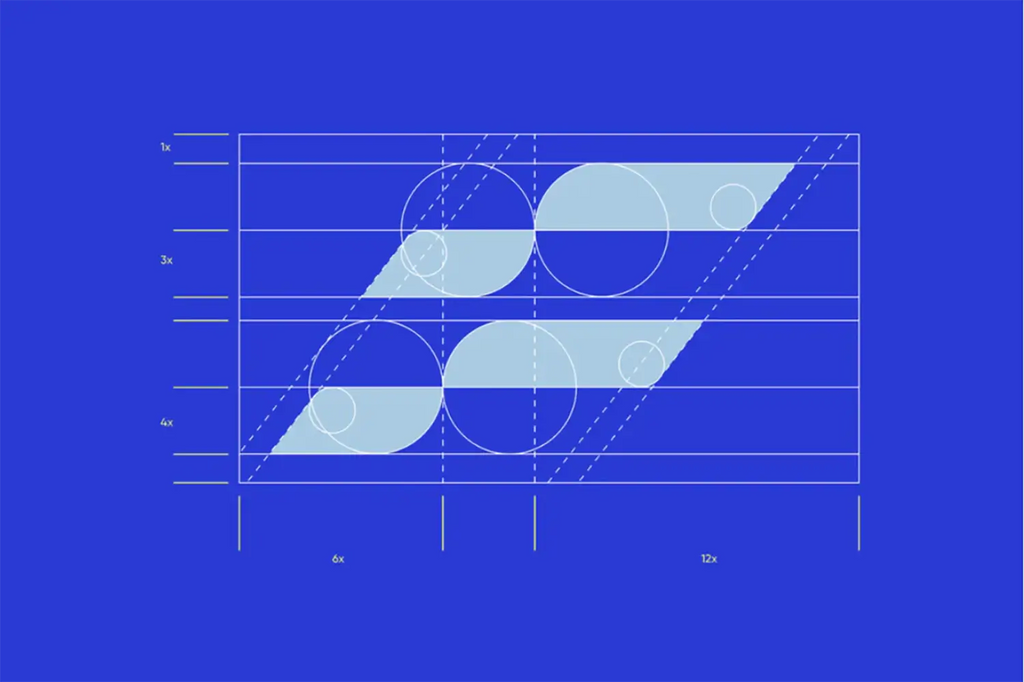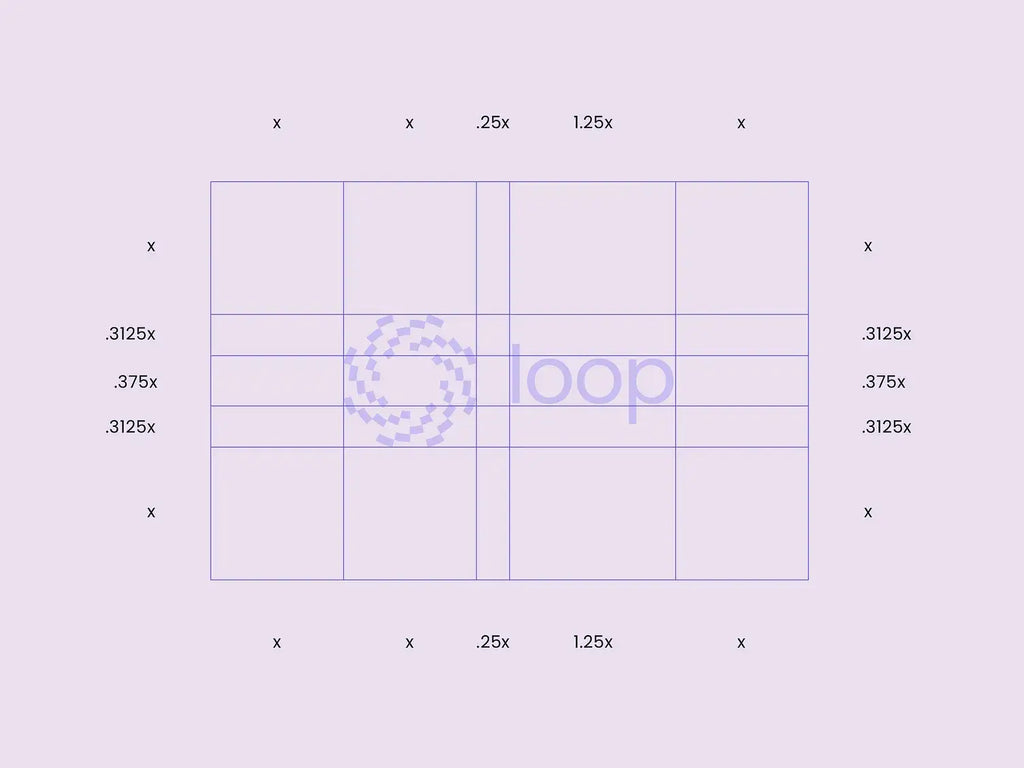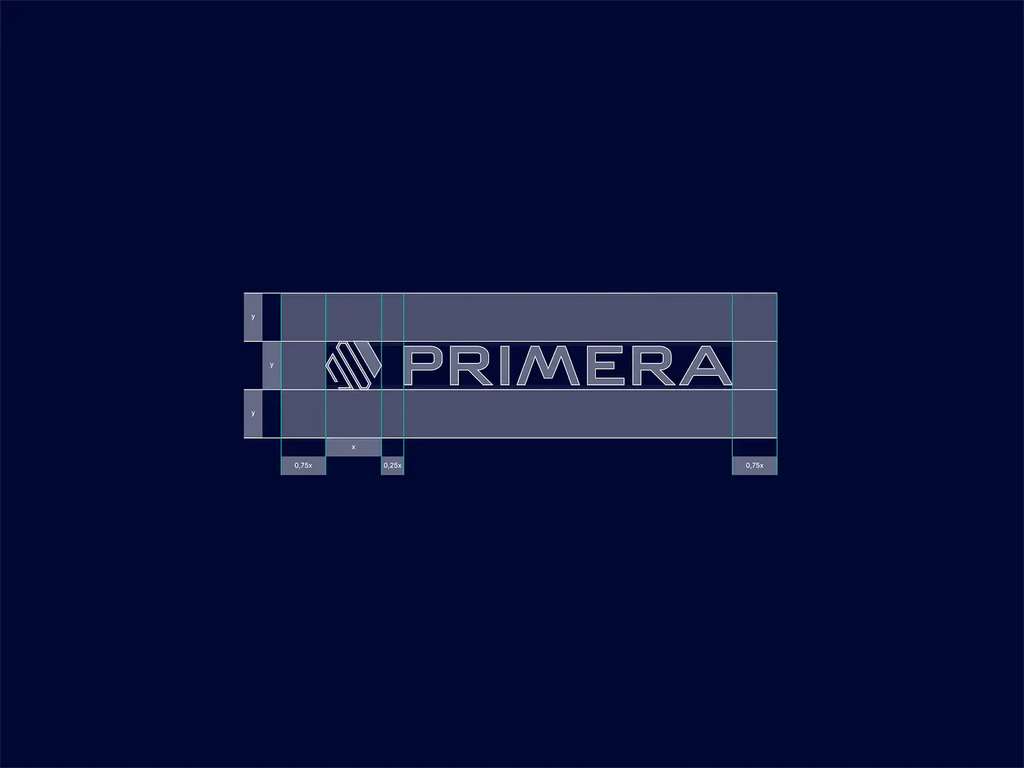Determining the Right Dimensions for Your Logo Design

Source: Jonisson Almeida, Rede Farroupilha, Behance, https://www.behance.net/gallery/181394163/Rede-Farroupilha
Designing a logo that is both memorable and effective involves much more than artistic creativity; it requires strategic thinking about its usability across various mediums. One of the critical factors in logo design is choosing the right dimensions to ensure the logo performs well in every context it appears, from tiny mobile screens to large advertising billboards. The dimensions of your logo significantly affect its visibility, scalability, and ultimately, its brand recognition. Properly scaled logos maintain the integrity of their design, keeping them legible and impactful no matter their application.
This introduction will guide you through the essential considerations and best practices for setting the optimal dimensions for your logo design, ensuring that it communicates your brand’s identity consistently and effectively across all platforms. By understanding these foundational principles, you can create a visually compelling and versatile logo that stands the test of time and technology changes.
Understand the Importance of Scalability
Scalability is a critical aspect of logo design, particularly when considering the dimensions of your logo. A scalable logo retains its clarity and impact whether it appears on a small business card or a massive billboard. This adaptability ensures that your brand identity remains consistent and recognizable across all mediums. When designing, think about how your logo will look in various applications—will the details get lost when the size is reduced for stationery, or will the logo overpower the space when scaled up for signage?
To achieve scalability, focus on a clean and versatile design that maintains its legibility and aesthetic appeal at any size. This approach not only enhances brand recognition but also increases the flexibility of your logo's use, making it a fundamental element in the broad visibility of your brand across diverse platforms.
Start with a Vector Format
Beginning your logo design in a vector format is essential for maintaining high quality at any size. Vector graphics are based on mathematical equations rather than pixels, allowing them to be resized without any loss of image clarity or quality. This attribute is indispensable when adapting your logo for various uses, from tiny mobile app icons to large-scale banners. Utilizing software like Adobe Illustrator helps create these scalable vector files, ensuring that every element of your logo can be adjusted seamlessly.
By starting with a vector format, you provide your brand with a versatile logo that can be modified to fit any dimension required, preserving the sharpness and professionalism of your design in every context.
Consider the Standard Web Sizes
When designing a logo, it is crucial to consider standard web sizes to ensure optimal visibility and compatibility across various digital platforms. A logo must be adaptable, appearing clear and distinct whether it is displayed on a desktop website or a mobile app. Common web sizes for logos include 250x250 pixels for main branding images, 150x150 pixels for smaller icons, and 100x100 pixels for favicon or profile images. These dimensions ensure that the logo remains recognizable and functional without overwhelming the layout or becoming indistinct.
Designers should create multiple files for different sizes and test them in real-world scenarios to check their effectiveness. Additionally, maintaining a high resolution and aspect ratio that adapts well to scaling up or down is vital. By preparing for standard web dimensions, you safeguard your logo’s integrity across all digital touchpoints, enhancing your brand’s online presence and user experience.

Source: Tuell Design, Logo Grid & Clearspace, Dribbble, https://dribbble.com/shots/22002678-Logo-Grid-Clearspace
Factor in Social Media Requirements
Social media platforms are pivotal in modern branding, making it essential for logos to meet specific dimension requirements set by these networks. Each platform has its own set of guidelines for logo sizes to ensure that logos display correctly in profile pictures, headers, and posts. For instance, Facebook recommends a profile picture size of 170x170 pixels on desktop and 128x128 pixels on smartphones, while Twitter advises a 400x400 pixel dimension for profile images.
These specifications are designed to make logos look their best within the platform's unique interface. To optimize your logo for social media, create adaptable versions that can be resized or cropped without losing key elements or clarity. This flexibility helps maintain a consistent and professional appearance across various platforms, crucial for brand recognition and engagement in the digital age.
Keep the Aspect Ratio Balanced
Maintaining a balanced aspect ratio is crucial in logo design, ensuring that your logo looks proportionate and aesthetically pleasing across various applications. The aspect ratio, the relationship between the width and height of your logo, affects how it is perceived and should remain consistent whether scaled up or down. Common aspect ratios like 1:1 (square), 4:3, or 16:9 are visually appealing and work well on multiple platforms, from print media to digital displays. A balanced aspect ratio prevents the logo from appearing stretched or compressed when adapted to different formats.
Designers must consider how the logo will be used across different media and choose an aspect ratio that enhances visibility and recognition. Using tools like aspect ratio calculators can aid in visualizing potential distortions before finalizing the design. By prioritizing a balanced aspect ratio, you ensure that your logo remains functional and engaging, regardless of its size or the medium it appears on.
Use a Grid System
Using a grid system in logo design is a methodical approach that enhances the balance, consistency, and scalability of a logo. A grid is a framework made up of intersecting lines that help designers align elements symmetrically, creating a harmonious and structured layout. This system facilitates the process of scaling the logo to different sizes while maintaining its proportionality and visual impact. By designing on a grid, you can ensure that every element of the logo interconnects with precision, which is particularly important for complex designs or those that incorporate multiple elements.
Grids can be simple, with basic squares or rectangles, or complex, incorporating circles and diagonals for more dynamic compositions. Employing a grid system not only aids in the aesthetic coherence of the logo but also ensures that it remains adaptable and effective across a wide range of dimensions and applications, crucial for building a versatile and enduring brand identity.
Check Visibility at Various Sizes
Ensuring visibility across various sizes is essential in logo design. A logo must be recognizable and clear, whether it's on a small mobile screen or a large billboard. To achieve this, regularly test the logo at different scales during the design process. This testing should include viewing the logo at the minimum size it will be displayed, such as on promotional pens or social media icons, and the maximum size, like on storefront signage or marketing banners. Visibility testing helps identify if any elements of the logo become illegible or lose their impact when resized.
For example, fine lines might blur or merge at smaller sizes, or the logo might appear overwhelming and cluttered when enlarged. Adjustments may include simplifying the design or increasing the weight of lines and text elements to improve scalability. By prioritizing visibility at various sizes, you ensure that the logo serves its primary function of brand identification in all contexts, enhancing brand recognition and consistency.

Source: Rolans Kims, Primera Logo Grid, Dribbble, https://dribbble.com/shots/15393974-Primera-logo-grid
Maintain a Safe Margin
Maintaining a safe margin around your logo is crucial to ensure that its key elements are neither cropped nor obscured when applied across different media. A safe margin is the space around the logo that protects it from the edges of the design area or other graphic elements. This precaution prevents important details from disappearing during printing or digital displays, where slight shifts can occur. To establish a safe margin, define a clear boundary around the logo that is proportional to its size.
This boundary will vary depending on the application but should be consistent across all branding materials to ensure the logo always appears unobstructed and distinct. Incorporating a safe margin not only enhances the logo's clarity and impact but also contributes to a more professional and polished look. Regularly reviewing the logo within different layouts and contexts can help adjust the margin size to meet specific needs, ensuring the logo always looks its best.
Adjust for Special Applications
Designing logos requires consideration for special applications where standard dimensions might not suffice. Examples include favicons for websites, app icons for mobile devices, and branding for unique merchandise such as watches or pens. Each application demands specific adjustments to ensure the logo remains effective and recognizable. For favicons, typically sized at 16x16 or 32x32 pixels, simplifying the logo to its most basic elements can help maintain visibility at such small dimensions. Mobile app icons, which appear on varied screen sizes and resolutions, require a clean, adaptable design that stands out against different wallpaper backgrounds.
Additionally, merchandise like pens or keychains, which offer limited space, might need modifications to the logo’s aspect ratio or a reduction in complexity to fit these smaller canvases. By anticipating these special applications during the design phase, you can create a more versatile logo that adapts seamlessly across different formats, enhancing brand consistency and recognition across all platforms.
Test on Multiple Backgrounds
Testing your logo on multiple backgrounds is essential to ensure it maintains its integrity and effectiveness across various uses. A logo might appear on light, dark, textured, or colorful backgrounds, depending on its application—from corporate stationery and websites to product packaging and advertising materials. It is crucial that the logo remains clear and visually appealing on any surface. To achieve this, incorporate sufficient contrast between the logo and the background, ensuring legibility and impact.
For instance, logos that use lighter colors may need a darker outline or vice versa. Testing should also include checking if any elements of the logo blend into background colors or lose their distinctiveness. This process helps in making informed adjustments, such as altering colors or adding borders, to enhance visibility and adaptability. By rigorously testing the logo against a variety of backgrounds, you ensure it consistently represents your brand, regardless of where and how it is displayed.
Conclusion
Determining the right dimensions for your logo design is pivotal for building a strong and adaptable brand identity. By focusing on scalability, utilizing vector formats, and considering standard web and special application sizes, designers can ensure logos remain effective across all platforms. Keeping aspect ratios balanced, maintaining safe margins, and testing visibility on multiple backgrounds are crucial steps to ensure a logo's success. These practices guarantee that your logo will not only attract attention but also stand the test of time, adapting seamlessly to the evolving demands of digital and physical media, thereby upholding your brand's visibility and recognition.
Let Us Know What You Think!
Every information you read here are written and curated by Kreafolk's team, carefully pieced together with our creative community in mind. Did you enjoy our contents? Leave a comment below and share your thoughts. Cheers to more creative articles and inspirations!















Leave a Comment